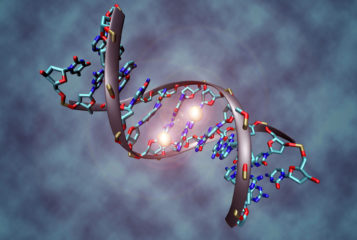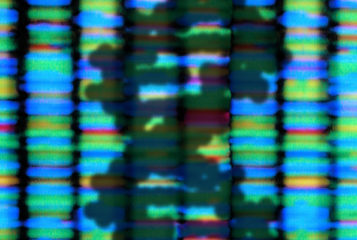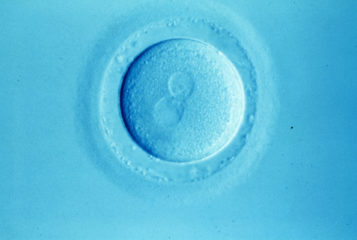New epigenetic test helps measure biological ageing
A new method of determining a person's 'biological age' by examining modifications to their DNA has been unveiled...
Protective DNA-protein structure at the ends of linear chromosomes. In most tissues, telomeres shorten every time a cell divides and copies its genetic information.

A new method of determining a person's 'biological age' by examining modifications to their DNA has been unveiled...

by BioNews

Mechanisms directly linking mitochondrial dysfunction to the shortening of telomeres have been discovered, alongside a novel optogenetic technique, which uses light to restore normal function to the mitochondria...

Nearly two decades after the initial release of the human genome sequence, scientists have published the first gap-less, complete sequence...

A sequence of repetitive noncoding DNA that varies considerably in length between humans, has been shown to play a role in ageing and cancer...

Quadruple-stranded DNA structures appear to be evolutionarily conserved in some regions of the genome, indicating they serve an important purpose...

Cancer has plagued humans throughout history. Although it's not a uniquely human affliction, it can be found lurking in virtually every living creature going as far back as the dinosaurs...

by Emma Lamb and 1 others
Chromosome ends are protected differently in stem cells compared to adult cells...

Exposure to low levels of oxygen in the womb may cause fertility problems for female offspring later in life...

A 'twisted knot' of DNA, known as an i-motif, has been found in living cells for the first time, raising questions about its function...
BioNews, published by the Progress Educational Trust (PET), provides news and comment on genetics, assisted conception, embryo/stem cell research and related areas.

